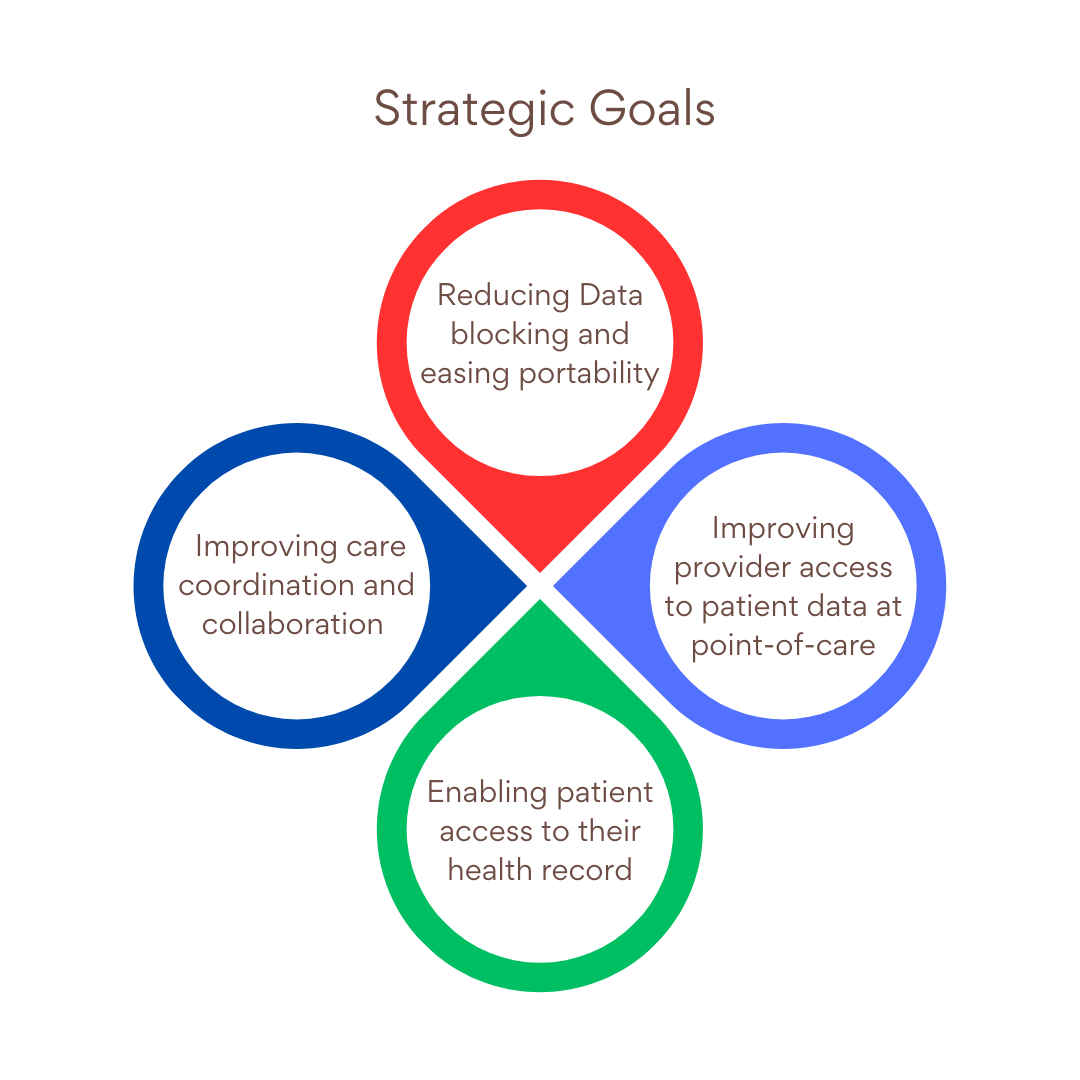Citation: Kaminski, J. (2023). Editorial. Highlights of the Shared Pan-Canadian Interoperability Roadmap. Canadian Journal of Nursing Informatics, 18(2). https://cjni.net/journal/?p=11560

Interoperability is a critical goal of virtually all healthcare systems, a literal cornerstone of coordinated client care and effective electronic health records. This spring, Canada Health Infoway introduced a new 100-page document, a Shared Pan-Canadian Interoperability Roadmap (2023) that provides concrete guidance and direction to improve interoperability across this nation. This roadmap presents an exciting vision of a collaborative, coordinated national plan for concrete interoperability over the next five to ten years. It emphasizes the need to move from the current disjointed state across jurisdictions and find a way to build commonalities. “A shared pan-Canadian interoperability roadmap will inform and guide all jurisdictions to progress towards the same standards, allowing each to do so at its own pace, while first establishing the necessary and critical capabilities. The roadmap will help align, support and complement jurisdictional digital health roadmaps by providing common pan-Canadian data, technical and policy standards” (Canada Health Infoway, 2023, p. 9).
The ultimate goal of interoperability is streamlined, seamless client care where standardized personal health information and data is available for each client, no matter the care setting. “When different parts of the health system are interoperable, they “speak the same language.” Effective information flow improves continuity of care and communication between health care providers and facilitates patient access to their health information” (Canada Health Infoway, 2023, p. 17).
Top-Down Approach
To transform the Canadian health digital system, four strategic goals have been identified, and will be addressed in a ‘top-down’ approach.
1. Reducing Data blocking and easing portability
2. Improving provider access to patient data at point-of-care
3. Enabling patient access to their health record
4. Improving care coordination and collaboration (Canada Health Infoway, 2023, p. 24).

“Infoway will work collaboratively with jurisdictions and other key stakeholders to develop the key interoperability assets and capabilities that will enable higher quality data, greater patient access to their data, more efficient data sharing between providers, and ultimately, better health outcomes for Canadians” (Canada Health Infoway, 2023, p. 25).
Bottom-Up Approach
As the strategic goals progress, various interoperability building blocks will be needed to enhance connectivity across Canada, using a bottom-up approach. These building blocks will initially be grounded in three distinct, critical frameworks to promote interoperability in all jurisdictions in an incremental and continual evolutionary way. Each framework will be supported by distinct building blocks which address the bare minimum needed to achieve national interoperability.
These frameworks and adjacent building blocks include:
Data Foundation and Portability Framework
Building Block #1: Pan-Canadian Health Data Content Framework on FHIR
Building Block #2: Consistent data semantics
Building Block #3: Data matching
Building Block #4: Reference Architecture (Modular, standardized service capabilities)
Access and Exchange Framework (Data and Service)
Building Block #5: Consistent secure health information exchange protocols
Building Block #6: Provider directories
Building Block #7: Health care directories and resource location
Building Block #8: Consistent patient access
Trust Framework
Building Block #9: Industry-wide testing, compliance, and conformance infrastructure
Building Block #10: Digital ID and identity proofing
Building Block #11: Consistent representation of consent and policy
Building Block #12: Scalable data sharing governance framework
Success Factors
Of course, important success factors will need to be put in place to allow jurisdictions to develop their own projects and work together in a pan-Canadian manner. Success factors identified in the roadmap include adequate funding (strategic investment), legislative enablement, governance (pan-Canadian digital health and data interoperability governance), vendor mobilization, change management, policy, privacy and security, national procurement, and national standards.
This roadmap is a must read for all nurses, especially ones involved in informatics initiatives. “Infoway is appreciative of the ongoing opportunity to assume a leadership role in guiding the transformation of our Canadian health system but cannot complete this work alone. Advancing pan-Canadian interoperability requires partnership, collaboration and alignment with provinces, territories, pan-Canadian health organizations (e.g., the Canadian Institute for Health Information [CIHI]), Statistics Canada (StatCan), Public Health Agency of Canada (PHAC), Indigenous Peoples, the private sector, data and standards experts, and, of course, clinical leaders and patients” (Canada Health Infoway, 2023, p. 6). We can all work together to bring our Canadian digital health system into the 21st century and shape it into a system that truly serves every Canadian.
Reference
Canada Health Infoway. (2023). Shared Pan-Canadian Interoperability Roadmap. https://www.infoway-inforoute.ca/en/component/edocman/6444-connecting-you-to-modern-health-care-shared-pan-canadian-interoperability-roadmap/view-document





